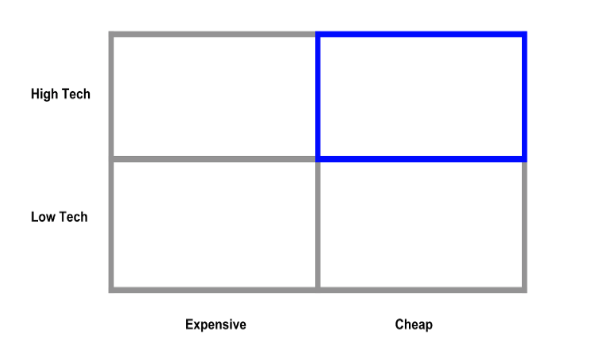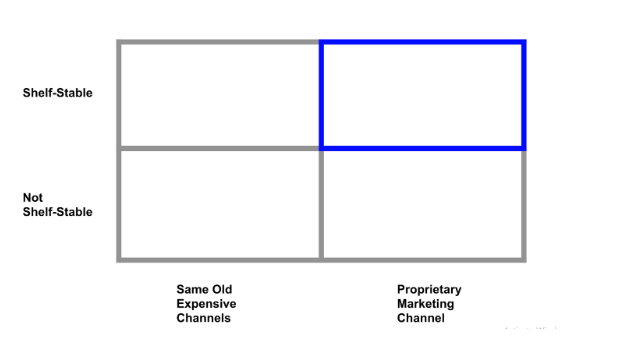Fundraising is an essential part of a high growth early-stage startups life. In a previous post, I talked about how investors evaluating your company often ask about your competition, since most investors can only invest in one company going after the same opportunity.
If you are an early-stage founder and want to effectively fundraise, you need to appeal to what the investor is likely thinking, and they are definitely thinking about your competition when considering an investment.
In this post, I discuss how— regardless of competition— early-stage founders can use the fundraising process to take the lead, reiterate their value proposition, and set themselves up to win.
1) Set Up the Playing Field So You Can Win
If you can frame how people talk about your company, you can make a logical case for how you are different, and potentially win.
I’ll give you an example— I was reviewing a pitch deck for an early-stage tech startup looking to differentiate themselves from two fast-growing competitors. One of their competitors had raised 10’s of millions of dollars; this company was approaching series A.
The founders did a fantastic job of making clear what the two areas were that made them different:
- Quality of the data they gave their customers and why it mattered.
- Distinct customer and why that customer was important and an attractive segment to target.
Implicit in these distinctions was that their competitors were weak in these above areas and in the founder’s point of view these were the areas that mattered to win the market. The founders developed their thesis and educated the investor on how to think about their business, instead of letting the investor formulate their view hastily— this allows the founders to control the narrative.
Furthermore, they provided supplemental material such as case studies of their product in action, reinforcing their narrative. But how do you frame your value proposition imply and clearly? Read on.
2) The Matrix is The Playing Field
Investors are evaluating your tech startup against your competition and because you want to control the conversation its useful to use a simple 2 x 2 Matrix to help guide the conversation. Below is a crude example of what the matrix could look like:

So, one way you can talk about your competition and differentiate yourself is:
- Place other competing companies somewhere in the matrix.
- Demonstrate your company sits in the top right of the quadrant.
In this example, you want to say, “We’re the most high tech and the cheapest.” Using this matrix is an opportunity to reiterate your value proposition. In this simple case, it’s high tech and cheap (top right quadrant). You can create a 2 x 2 matrix for anything:
- Customer size (big and size).
- Product Quality.
- Business model
- Geographic focus
- Etc.
If you were to do this for Kettle and Fire, one of our portfolio companies, you might present something like this:

If you have a distinct value proposition you can usually create the playing field that communicates your how unique you truly are. Furthermore, when you position yourself this way, you don’t need to say your explicitly say your competition sucks (likely they don’t, they are hopefully just different).
In summary:
- Control the frame around how people talk about your company and present a logical case for your point(s) of differences.
- Create the matrix (playing field) that reiterates your value proposition and what makes you unique.
Lee Jacobs
linkedin.com/in/lee-jacobs
twitter.com/leejacobs

